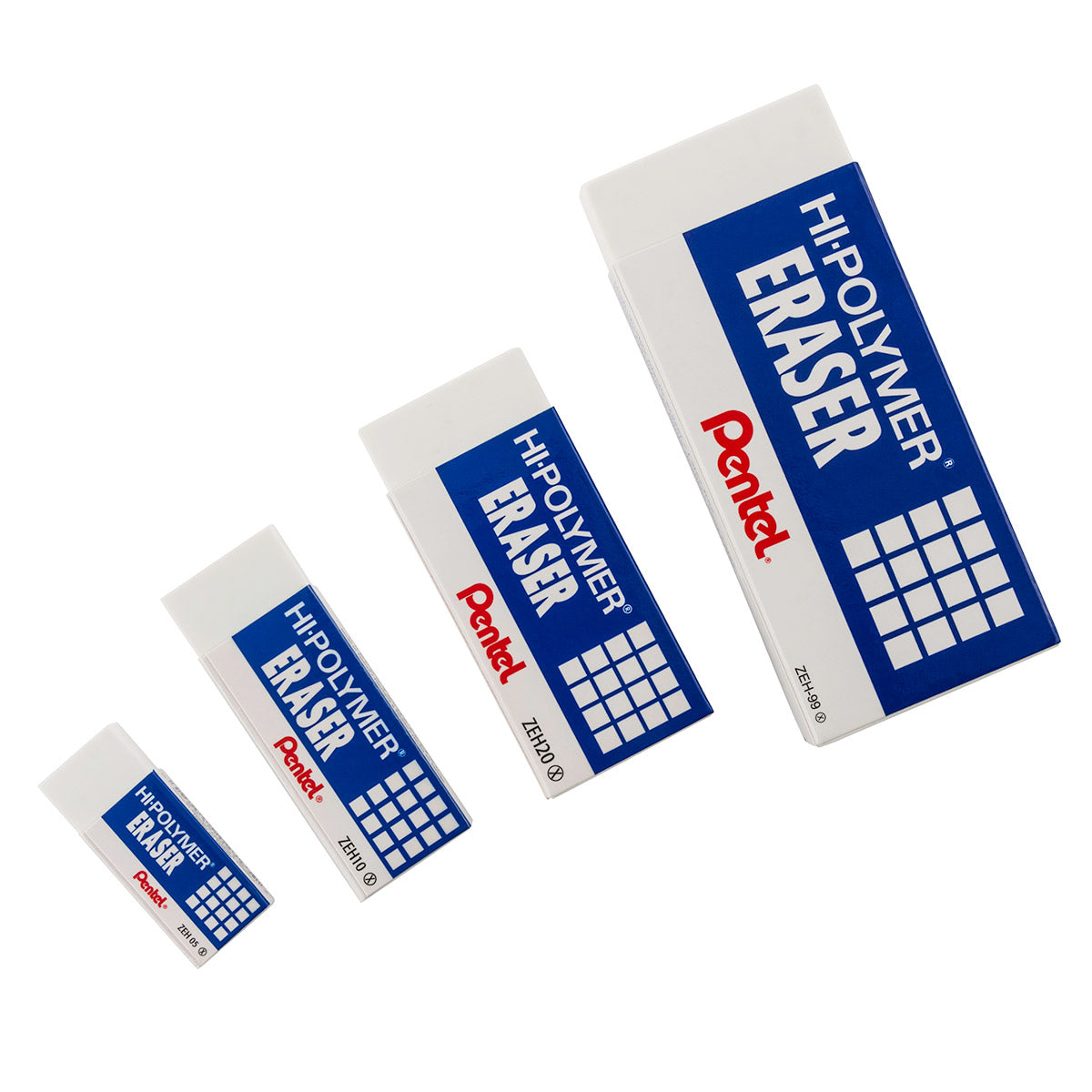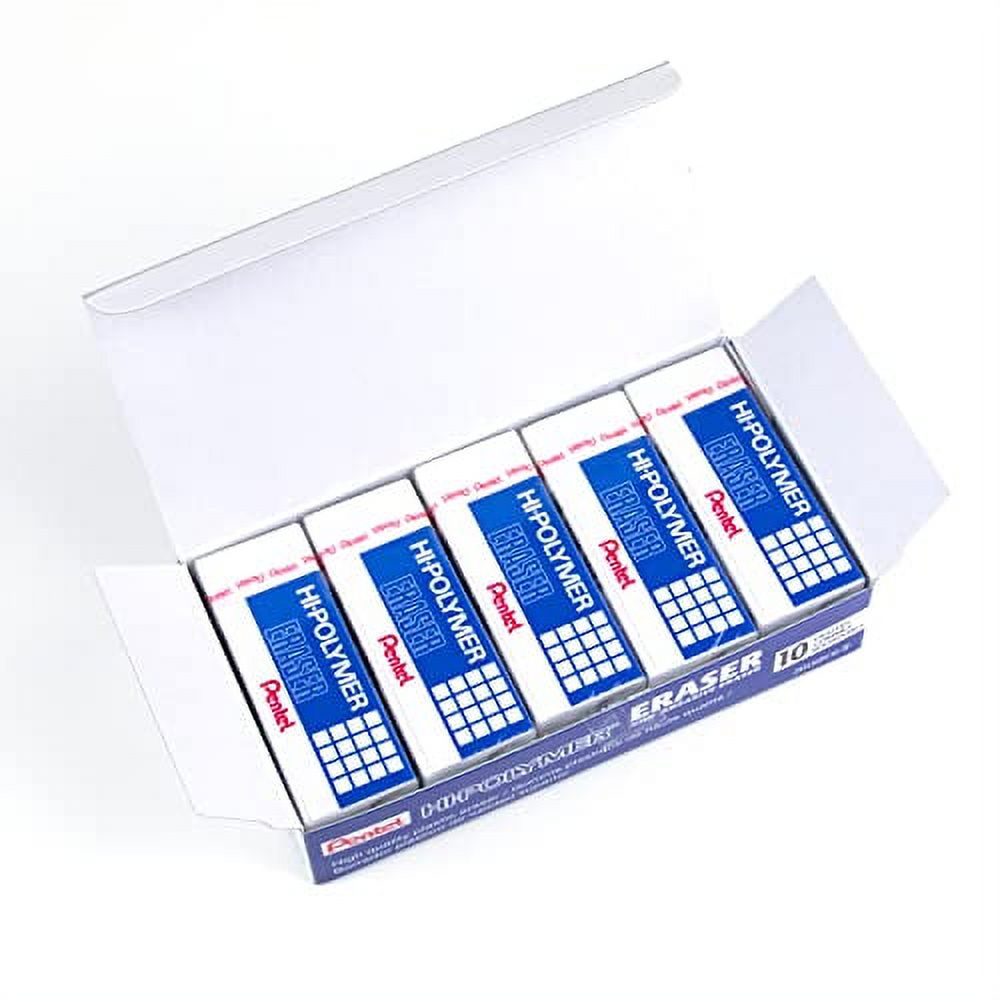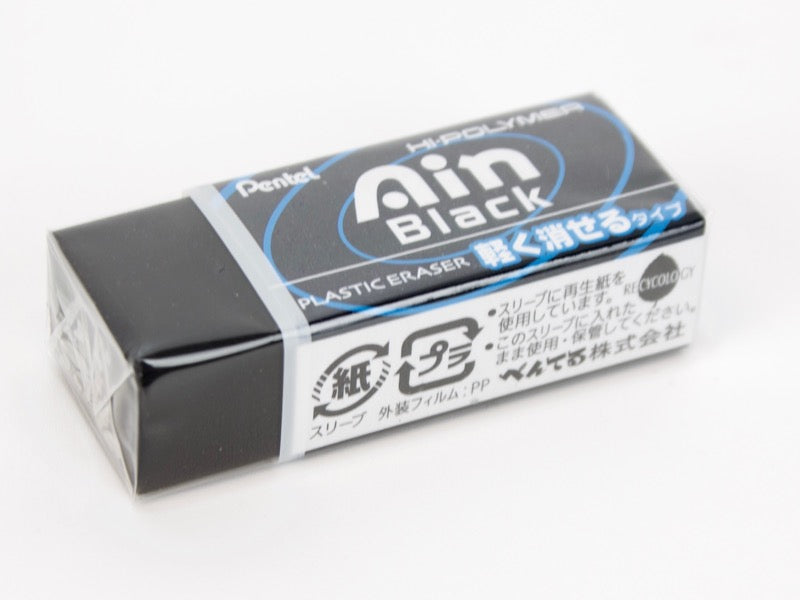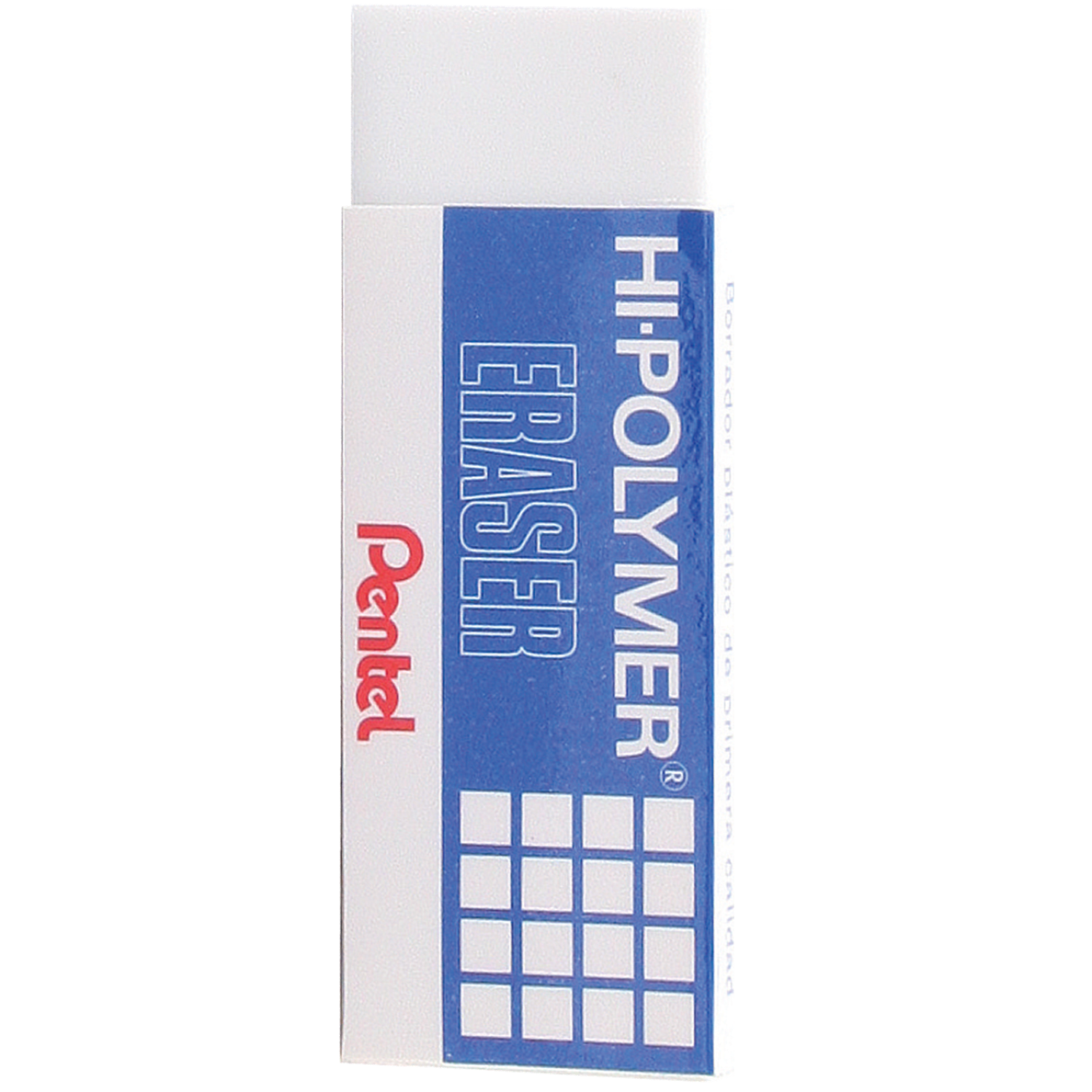Introduction
The world of stationery and office supplies is filled with innovations that often go unnoticed in our daily lives. Among these unsung heroes is the hi polymer eraser, a simple yet remarkable tool that has revolutionized the act of erasing. In this article, we will delve into the fascinating world of hi polymer erasers, exploring their history, composition, uses, and environmental impact.
History of Hi Polymer Erasers
The history of erasers dates back to ancient times when people used natural materials like pumice stones and wax to remove marks from writing surfaces. However, it wasn’t until the 18th century that rubber, derived from the sap of the rubber tree, was discovered to possess erasing properties. This marked the beginning of modern erasers as we know them today.

The hi polymer eraser, specifically, has its roots in the mid-20th century when advancements in polymer technology led to the development of synthetic rubber compounds with superior erasing capabilities. Introduced as an alternative to traditional rubber erasers, hi polymer erasers quickly gained popularity for their ability to erase cleanly without leaving smudges or damaging paper. This marked a significant leap forward in eraser technology and paved the way for the widespread adoption of hi polymer erasers in educational institutions, offices, and homes around the world.
Composition and Manufacturing Process
Unlike conventional rubber erasers, which contain natural rubber, hi polymer erasers are made from synthetic polymers known for their exceptional erasing performance. The exact composition of hi polymer erasers may vary by manufacturer, but they typically consist of a blend of synthetic rubbers, plasticizers, fillers, and other additives. These components are carefully selected and mixed to achieve the desired balance of erasability, durability, and texture.

The manufacturing process of hi polymer erasers involves several key steps, including compounding, shaping, curing, and finishing. The raw materials are first compounded to form a homogeneous mixture, which is then shaped into the familiar rectangular or cylindrical eraser forms. Curing, often through heat treatment, is employed to impart the necessary physical and chemical properties to the erasers. Finally, the erasers undergo finishing processes such as cutting, stamping, and packaging before they are ready for distribution.
Superior Erasing Performance
One of the defining features of hi polymer erasers is their superior erasing performance compared to traditional rubber erasers. This can be attributed to the unique properties of the synthetic polymers used in their formulation. Hi polymer erasers are engineered to exhibit high plasticity, low abrasiveness, and excellent adhesion to graphite and ink particles, allowing them to lift marks off paper surfaces with minimal effort.

Furthermore, hi polymer erasers are known for their ability to erase cleanly without leaving behind residual marks or causing damage to the underlying paper. This is particularly important for artists, students, and professionals who rely on clean, precise erasing to correct mistakes and refine their work. Whether used on standard notebook paper or specialized drawing surfaces, those consistently deliver reliable and consistent erasing performance.
Versatility and Specialized Applications
Beyond their primary function of erasing pencil marks, hi polymer erasers have found applications in various specialized fields and creative pursuits. For artists and illustrators, those are indispensable tools for creating highlights, refining fine details, and correcting errors in pencil drawings and sketches. The soft and malleable nature of those allows for precise shaping, making them ideal for intricate artistic work.
In addition, hi polymer erasers are well-suited for technical drawing and drafting, where accuracy and precision are paramount. Architects, engineers, and designers rely on those to remove pencil lines and annotations without smudging or tearing the drawing surface. The ability of those to erase with minimal impact on the surrounding area makes them valuable assets in the creation of professional-grade technical drawings and blueprints.
Furthermore, those have gained recognition in the realm of standardized testing and examinations. With their unparalleled erasing performance, these erasers help ensure that test-takers can cleanly and completely erase any stray marks or errors on their answer sheets, thereby minimizing the risk of scoring inaccuracies due to residual marks.
Environmental Impact and Sustainability
The environmental impact and sustainability of hi polymer erasers are important considerations in today’s world where increasing attention is being paid to the ecological footprint of everyday products. Here are some key points regarding the environmental impact and sustainability of those:
Composition:
Hi polymer erasers are typically made from synthetic polymers derived from petrochemicals. While the production of these materials raises concerns about the use of non-renewable resources and energy-intensive manufacturing processes, advancements have been made to develop more eco-friendly formulations that reduce the environmental impact.
Longevity:
One of the key sustainability aspects of hi polymer erasers is their durability and longevity. Unlike traditional rubber erasers that can wear down quickly with use, it tend to last longer and maintain their erasing performance over an extended period. This longevity reduces the frequency of disposal and replacement, thereby decreasing waste generation.
Packaging:
The packaging of hi polymer erasers can also impact their overall sustainability. Manufacturers can opt for eco-friendly packaging materials, such as recyclable paper or cardboard, and minimize excessive packaging to reduce waste.
Chemical Content:
Some hi polymer erasers may contain chemicals such as phthalates or PVC, which can be harmful to human health and the environment. To enhance sustainability, many manufacturers have started producing it that are free from these harmful substances, making them safer for users and reducing their environmental impact.
End-of-Life Management:
Proper disposal of hi polymer erasers is essential for minimizing their environmental impact. While they are not usually recyclable due to their composition, efforts can be made to encourage responsible disposal practices, such as incineration in waste-to-energy facilities or disposal in designated landfill sites.
Environmental Certifications:
Some manufacturers may seek environmental certifications or adhere to sustainability standards in the production of hi polymer erasers. Look for products that carry certifications like FSC (Forest Stewardship Council) or eco-labels indicating compliance with environmental guidelines.
Research and Development:
Ongoing research and development in material science and sustainable manufacturing practices are driving innovations in the production of eco-friendly erasers. Manufacturers are exploring biodegradable or plant-based alternatives to traditional synthetic polymers to reduce the environmental impact of it.
Overall, while hi polymer erasers offer superior erasing performance and durability, it is essential for manufacturers and consumers alike to consider the environmental impact of these products and work towards promoting sustainability in their production, use, and disposal. By adopting sustainable practices and supporting eco-friendly initiatives in the stationery industry, we can contribute to a greener and more environmentally conscious future.
Conclusion
The hi polymer eraser stands as a testament to the continuous innovation and refinement of seemingly simple everyday tools. From its humble origins to its widespread adoption in diverse fields, the hi polymer eraser has proven itself to be an indispensable ally for anyone who values precision, cleanliness, and reliability in erasing. As we look toward the future, ongoing developments in material science and environmental stewardship promise to further enhance the sustainability and performance of it, ensuring that they remain essential companions in the realms of creativity, education, and productivity.


